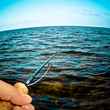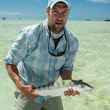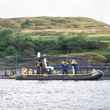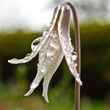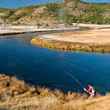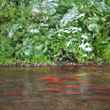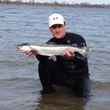Late last week, the city council of Philadelphia's 17 member panel voted unanimously to pass a resolution to sue the Delaware River Basin Commission (DRBC). The purpose of the lawsuit is to insist no drilling of the Marcellus Shale take place in the Delaware River Basin, which provides Philadelphia residents with 100% of their drinking water, until a full environmental impact assessment is completed. The DRBC has stated recently that it plans to vote on November 21, ending the current moratorium on drilling and opening the Delaware River basin to fracking.

The lawsuit joins others filed by the Attorney General of the New York and the Delaware Riverkeeper Network, amongst others. The lawsuits demands both a Delaware River Basin-specific cumulative impacts study and the EPA national study of the risks high-volume hydraulic fracturing poses to drinking water, according to Protecting Our Waters.











